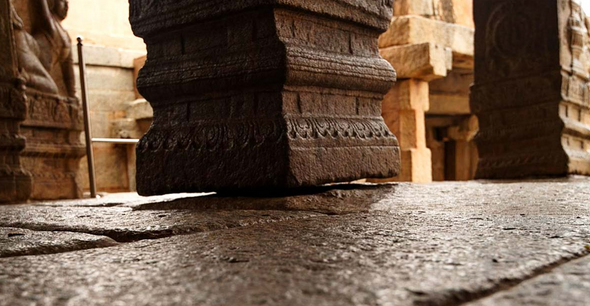In the heart of Lepakshi, Andhra Pradesh, India, lies a marvel of ancient Indian architecture that has puzzled both historians and architects alike – a temple with a pillar that doesn’t completely touch the ground. This curious phenomenon has led to the temple becoming a focal point of both historical and architectural studies, raising questions about the methods and intentions behind its unconventional construction.
Veerbhadra Temple, located in the historical village of Lepakshi, is renowned for its rich tapestry of ancient murals, sculptures, and archaeological wonders dating back to the 16th century. Among its many fascinating features, the temple houses a ‘ hanging pillar ’ that seems to defy the laws of gravity.
In a world first, scientists discover “roadmap” to beating bowel cancer
This enigmatic pillar doesn’t rest fully on the ground, allowing visitors to slide a piece of cloth underneath it, leaving them in awe of this architectural anomaly. The so-called floating pillar has sparked intrigue, inspiring theories about ancient construction techniques and the purpose behind this seemingly impossible feat. The details surrounding its construction remain shrouded in mystery, inviting further exploration into this architectural wonder.
Continue here: Ancient Origins



































